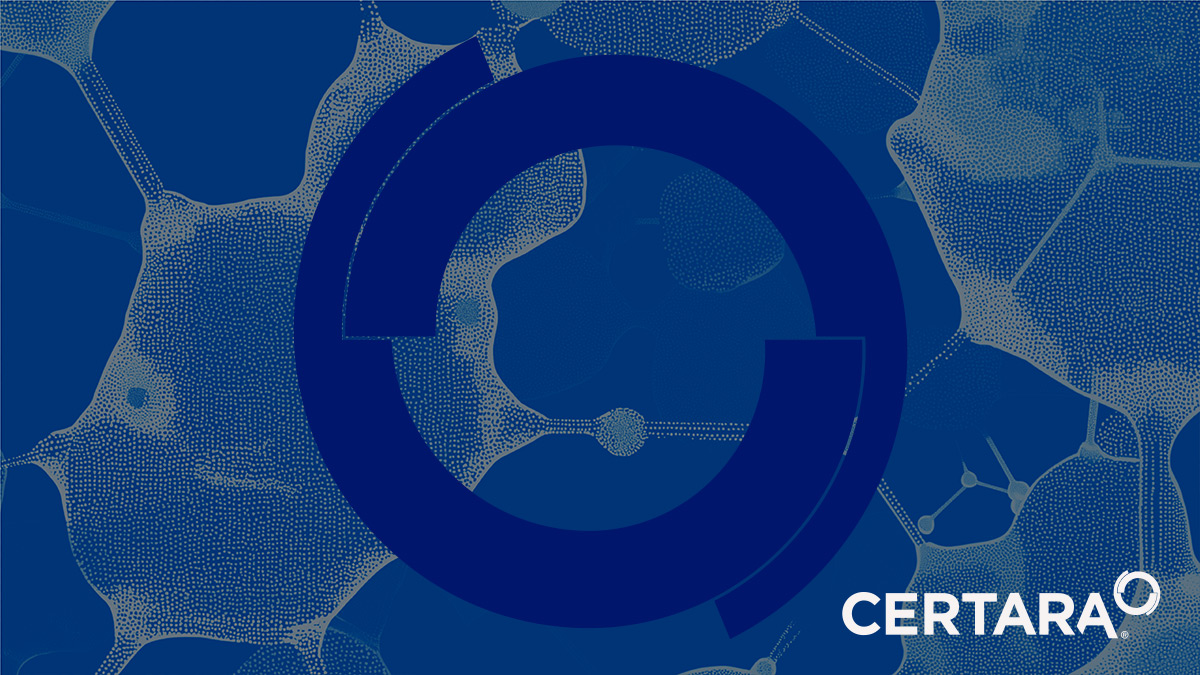Tag
pre-update
What are Drug-drug Interactions Anyway?

A current buzz phrase in pharmaceutical research right now is “drug-drug interaction” or simply “drug…
CertaraJanuary 5, 2011
Assessment of Algorithms for Predicting Drug-drug Interactions Via Inhibition Mechanisms: Comparison of Dynamic and Static Models

The prediction of drug-drug interactions (DDIs) from in vitro data usually utilizes an average dosing…
CertaraJanuary 1, 2011
The Role of the Breast Cancer Resistance Protein (ABCG2) in the Distribution of Sorafenib to the Brain

ATP-binding cassette transporters P-glycoprotein (P-gp) and breast cancer resistance protein (BCRP) have been shown to…
CertaraJanuary 1, 2011
Absorption Rate

The rate at which a drug enters the body after administration is called the absorption…
CertaraDecember 30, 2010
PBPK Modeling of Inter-individual Variability in the Pharmacokinetics of Environmental Chemicals

Generic PBPK models, applicable to a large number of substances, coupled to parameter databases and…
CertaraDecember 30, 2010
What is a Half-life?

One of the most incorrectly used but most often quoted parameters is half life. The…
CertaraDecember 20, 2010
Modeling Disease Progression in Acute Stroke Using Clinical Assessment Scales

This article demonstrates techniques for describing and predicting disease progression in acute stroke by modeling…
CertaraDecember 1, 2010
Development of a Modeling Framework to Simulate Efficacy Endpoints for Motesanib in Thyroid Cancer Patients

To develop a modeling framework that simulates clinical endpoints (objective response rate and progression-free survival)…
CertaraNovember 1, 2010
Population Pharmacokinetic/Pharmacodynamic Modeling for the Time Course of Tumor Shrinkage by Motesanib in Thyroid Cancer Patients

To develop a population pharmacokinetic/pharmacodynamic model describing the relationship between motesanib exposure and tumor response…
CertaraNovember 1, 2010
Determination of a Quantitative Relationship Between Hepatic CYP3A5*1/*3 and CYP3A4 Expression for Use in the Prediction of Metabolic Clearance in Virtual Populations

The creation of virtual populations allows the estimation of pharmacokinetic parameters, such as metabolic clearance…
CertaraNovember 1, 2010



